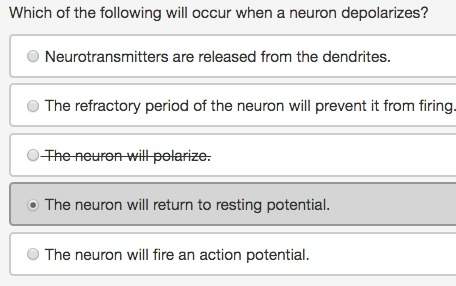
Advanced Placement (AP), 28.09.2020 04:01 itzygutierrez7373
Answer each question for 100 points
A local botanist believes that the town water supply contains contaminants that are killing the native plant life. She intends to make her case to the Board of Supervisors at the next town meeting in two months but wants to have heard data to support her case. She decides to conduct an experiment to test her theory. She begins by collecting 10 plant samples from the local park and places all 10 plants in a roped-off square area that receives ample light and will be undisturbed by park visitors. Next, she places 10 scraps of paper numbered 1 to 10 in a hat, then pulls the scraps of paper at random, numbers the plants 1 to 10 and divides them into two groups. For six weeks, she waters 5 of the plants (3, 5, 7, 9 and 10) using the town water supply and 5 of the plants (plants 1, 2, 4, 6, 8) using bottled, distilled water. During the six weeks, she asks her neighbor and fellow plant lover to keep records of leaf condition (color, texture, strength) and stem and root conditions by counting the number of yellowed spots, wilted leaves, and withered offshoots. At the end of six weeks, she asks her neighbor to evaluate the 10 plants and he reports that plants 3, 5, 9 and 10 are yellowed, withering and diseased.
a. What is the hypothesis in this situation?
b. Which group of plants is the experimental group? The control group?
c. What method did the researcher use to randomly assign the groups?
d. How was double blind procedure used?
e. What was the Independent Variable? The Dependent Variable?
f. What is the Operational Definition of the Independent Variable? The Dependent Variable?
g. What possible confounding variables might the researcher not have taken into account?

Answers: 3


Other questions on the subject: Advanced Placement (AP)

Advanced Placement (AP), 22.06.2019 22:20, EnzoF17
Astudent who takes a multiple-choice test by reading the stem of each item, generating the correct response before looking at the choices, and then chooses the response closes to the answer is using a. a heuristic b. an algorithm c. vicarious problem-solving d. means-end analysis
Answers: 1

Advanced Placement (AP), 23.06.2019 11:50, naysia2006
Willing to give brainliest + free points answer quickly a tire without good traction has less a. grip on the road b. grip on the axle c. air in it d. risk of exploding
Answers: 2

Advanced Placement (AP), 24.06.2019 07:40, trevorhenyan51
Type the correct answer in each box. use = 3.14 and if necessary, round your answers to the nearest hundredth. the area of the largest cross section of a sphere and the circumference of the sphere are in the ratio 4: 1. cm. the area of the largest cross section is about the radius of the sphere is cm. the circumference of the sphere is about cm2. the volume of the sphere is about cm?
Answers: 1

Advanced Placement (AP), 24.06.2019 08:00, tayleeanntabeln2097
What are the countries in south asia?
Answers: 1
You know the right answer?
Answer each question for 100 points
A local botanist believes that the town water supply contains c...
Questions in other subjects:


Mathematics, 22.06.2019 06:40



History, 22.06.2019 06:40


Mathematics, 22.06.2019 06:40

Mathematics, 22.06.2019 06:40






